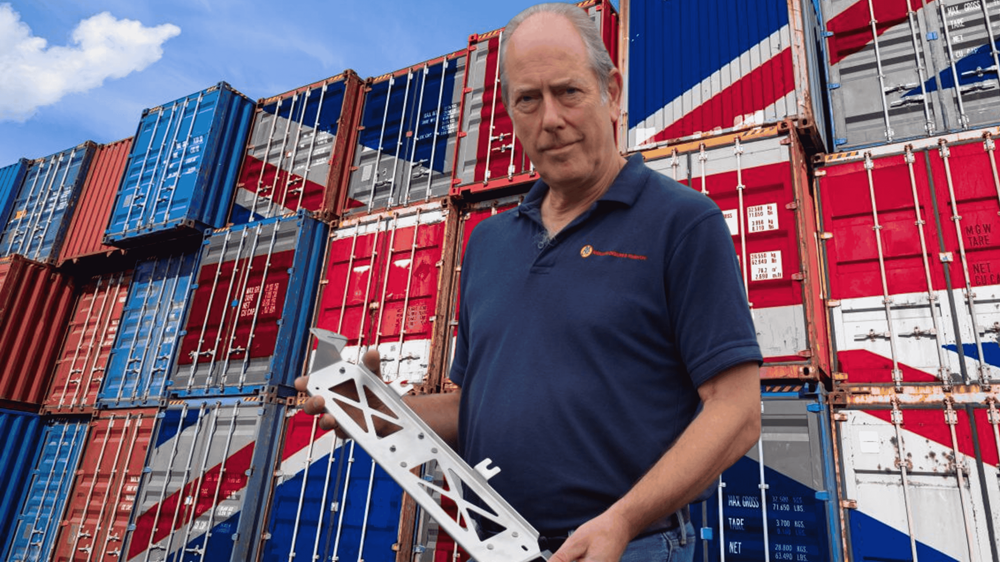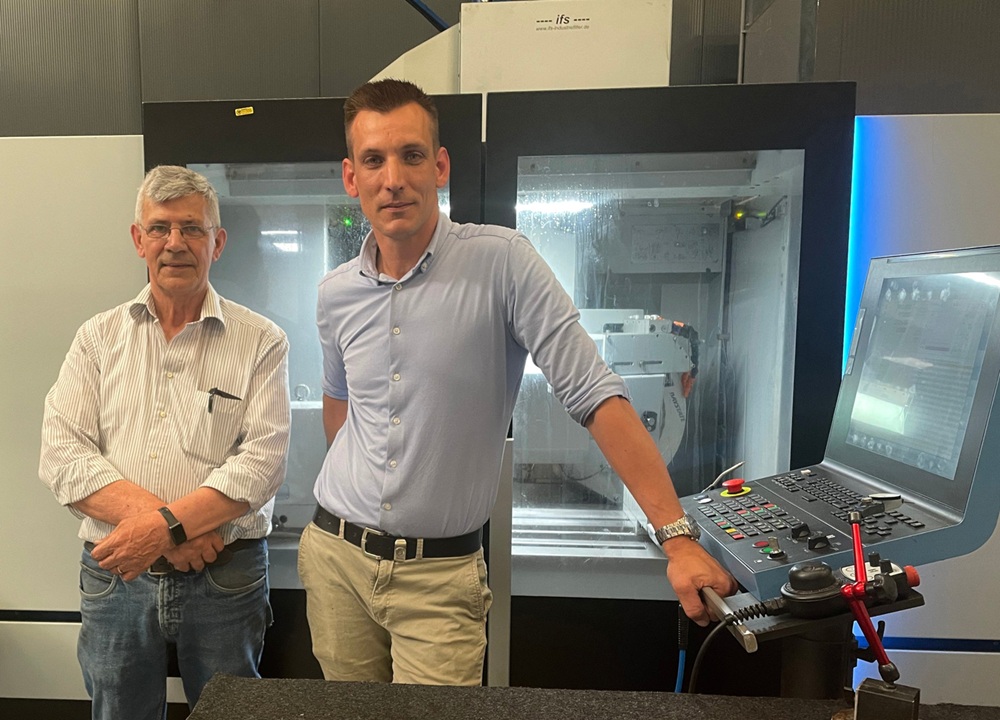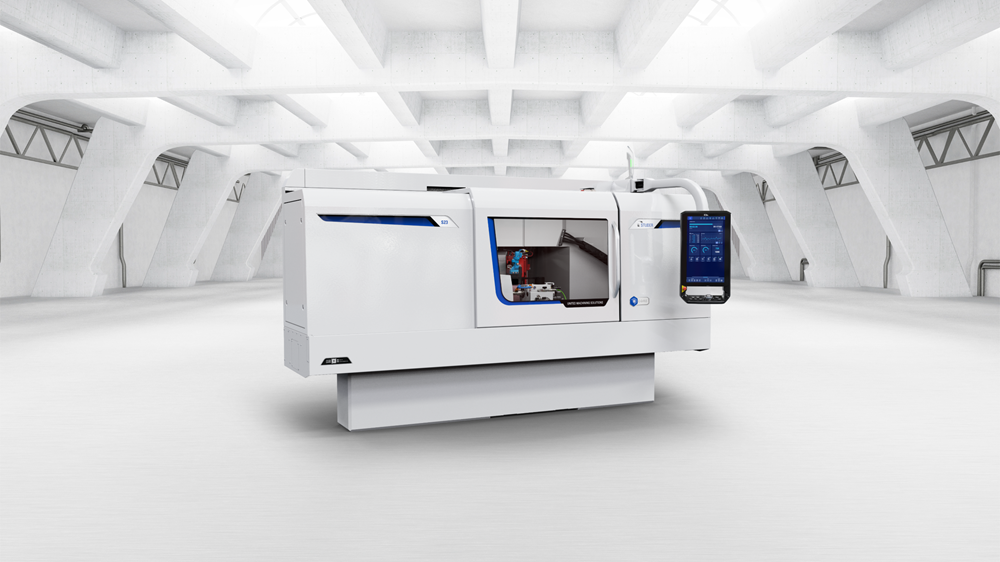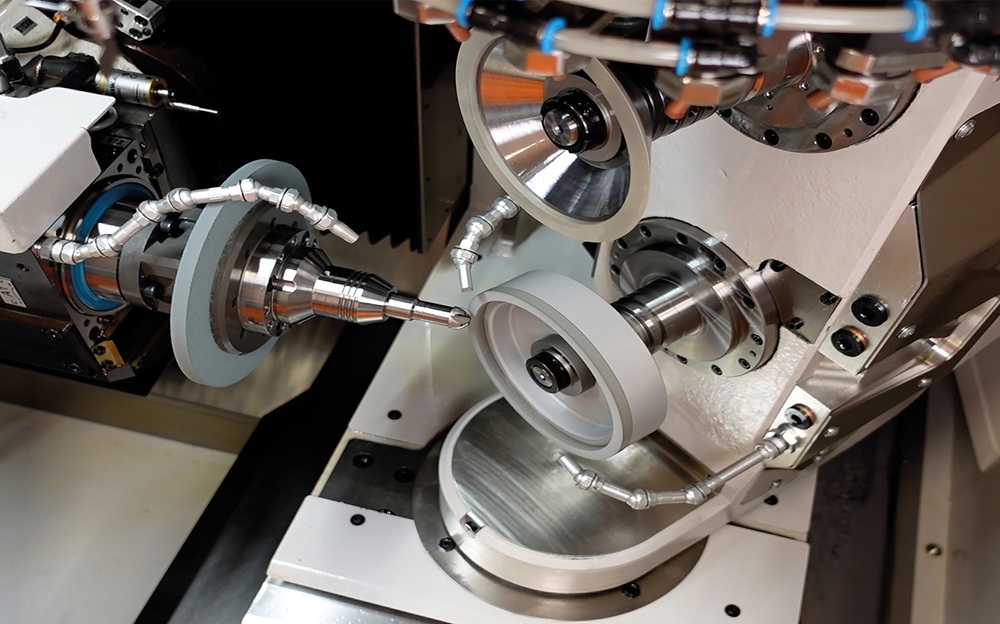Following the release of the ONS Regional Manufacturing Outlook 2025, Midland Deburr & Finish managing director Chris Arrowsmith is issuing a rallying call to UK businesses and policymakers: “Back UK industry and buy British.”
The report confirms the West Midlands as the UK’s third largest manufacturing region, generating almost 14% of its regional output from manufacturing, compared with the national average of 9.1%. With 279,000 people employed in manufacturing across the region, the sector has seen job growth of 9000 in the past year alone.
Chris Arrowsmith, MD of Midland Deburr & Finish, says: “The West Midlands has always been at the heart of UK industry. From automotive to advanced engineering, our expertise is world class. But if we want to safeguard jobs, skills and sovereign capability, we must prioritise British-made products and services. That means backing SMEs in the supply chain and choosing UK suppliers whenever possible.”
Midland Deburr & Finish, based in Lye, provides specialist finishing processes including vibratory deburring, solvent degreasing and vapour degreasing – all vital for ensuring precision components meet the highest standards for safety and performance.
“By investing in UK-based expertise in these processes, manufacturers get reliable, high-quality finishing – and strengthen supply chains and resilience right here in Britain,” adds Arrowsmith. “We must remain competitive internationally, but that starts with robust supply chains at home. ‘Backing British’ means we can keep innovating, exporting, and creating jobs for the future.
“The West Midlands is delivering for UK industry. Now it’s time for OEMs, policymakers and businesses of every size to back their local supply chains. Buy British, back UK industry, and together we’ll secure growth and resilience for the long term.”
More information www.midlanddeburrandfinish.co.uk



















